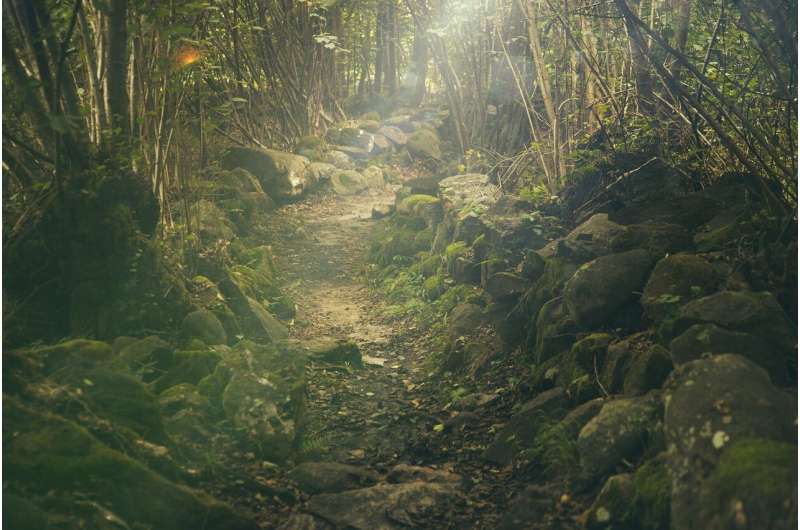Selection cuttings regulate water levels in drained peatland forests

Continuous cover forestry may solve many problems in the management of peatland forests, provided that the peatland water level can be regulated by means of the tree stand. If the water level does not rise too close to the peat surface or fall too deep in the peat layer, ditch cleaning can be avoided and negative climate and water quality impacts mitigated.
The joint studies of the Natural Resources Institute Finland (Luke), the University of Helsinki and the Finnish Meteorological Institute (FMI), published in Agricultural and Forest Meteorology and Frontiers in Earth Science, monitored the impact of selection cuttings on water levels during two to five years in experimental spruce and nutrient-rich pine mires in different parts of Finland. Selection cuttings were used to remove 17 to 74 percent of the tree stand. In addition, clear cutting was carried out at two sites.
The growing season water level of the peatland forests rose 15 to 40 percent closer to peat surface when roughly half of the tree stand was removed. The rise of the water level depended on the cutting intensity, the geographic location of the site and the growing season weather conditions.
Too wet conditions have a negative impact on the vitality and growth of trees. The ground rule is that the water level should be more than 30 centimeters below the peat surface. In Northern Finland, the water level is typically higher and more difficult to regulate using the tree stand than in the south.
"The water level commonly exceeded the 30 centimeter mark at northern sites, where more than half of the tree stand was removed. In the south, the water level exceeded this limit only after more than two thirds of the tree stand was removed," says Kersti Leppä, research scientist at Luke.
"Regulating the water level by means of continuous cover forestry may thus be particularly feasible in Southern Finland, and the potential will likely increase with warming climate."
Stand density and tree species composition matter
Not only the stand density, but also the tree species play a significant role. For example, a birch tree transpires more water than a pine of the same size, due to its wasteful water use strategy and larger leaf area.
At a site, where all pine trees were removed from a mixed pine–birch–spruce forest, the growing season water level rose on average only by five centimeters, even though about 70 percent of the tree stand was removed. A mixture of downy birch is typical in nutrient-rich peatland forests. Acknowledging the role of birches in selection cuttings can provide additional control to the regulation of water levels at such sites.
Trees can also experience stress
Although regulating the water level is important, the feasibility of continuous cover forestry in peatlands depends on many other as-yet unanswered questions.
"Our research indicated that released undergrowth spruce trees may experience stress due to suddenly changed light conditions. It would be important to understand how long-term these stress reactions are and what factors are behind their severity. Are stressed trees possibly more sensitive to excessively wet or dry conditions?"
Other unanswered questions are related to forest growth, disturbance risks and regeneration. The expected advantages of continuous cover forestry are still largely based on the experience gained in peatland forests managed by conventional thinning and clear cutting.
"We are expecting more answers in the near future from the various experimental continuous cover forestry sites monitored by Luke and its partners," Leppä says.
More information: Kersti Leppä et al. Vegetation controls of water and energy balance of a drained peatland forest: Responses to alternative harvesting practices, Agricultural and Forest Meteorology (2020). DOI: 10.1016/j.agrformet.2020.108198
Kersti Leppä et al. Selection Cuttings as a Tool to Control Water Table Level in Boreal Drained Peatland Forests, Frontiers in Earth Science (2020). DOI: 10.3389/feart.2020.576510
Journal information: Agricultural and Forest Meteorology
Provided by Natural Resources Institute Finland


















